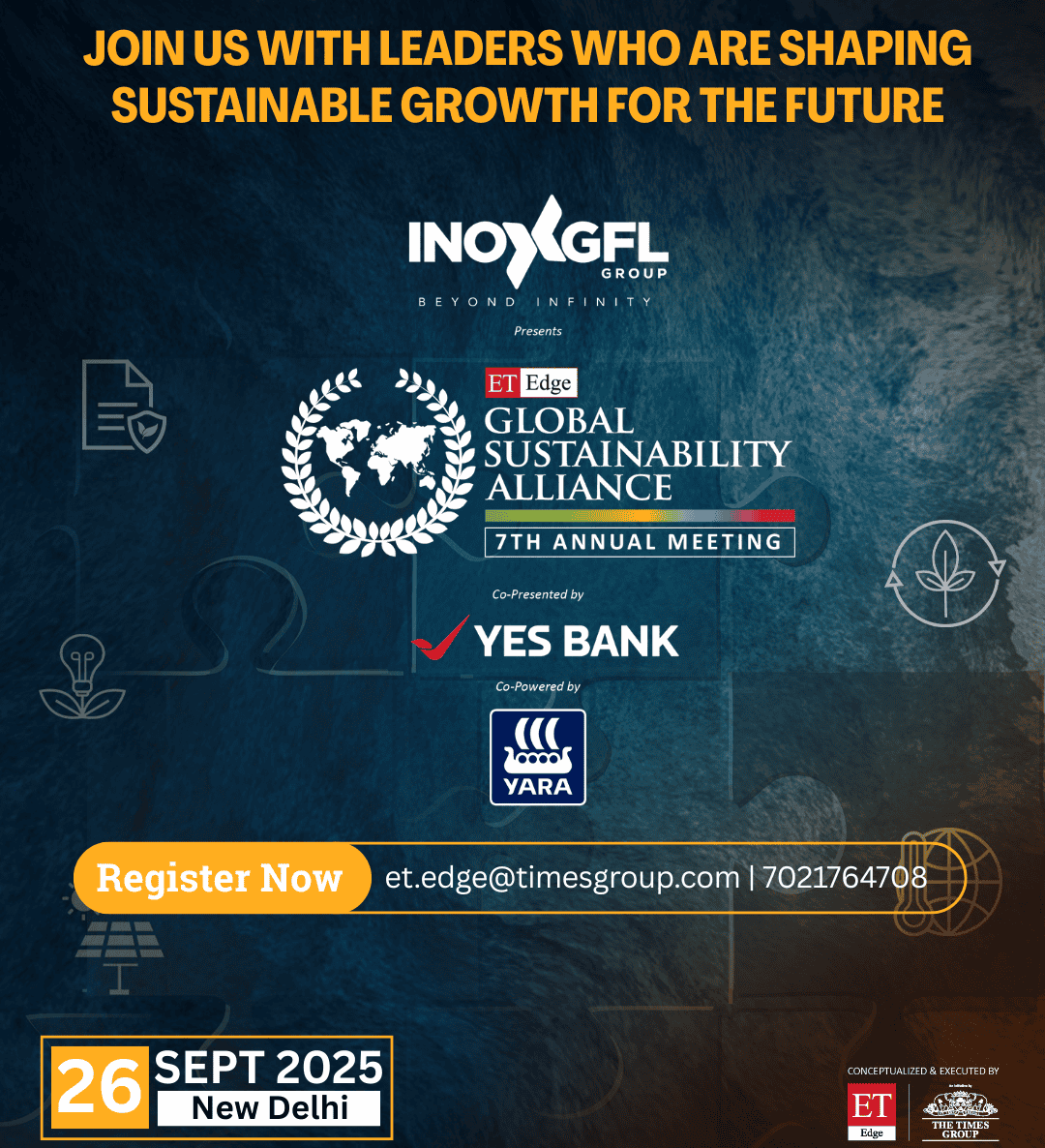
Vietnam’s GDP May Reach $676 Billion by 2029
Vietnam’s GDP is forecast to hit $450 billion in 2024, placing it 34TH globally and with an average annual growth rate of 5.8% over the next five years, Vietnam’s GDP is expected to surpass Singapore’s, reaching $676 billion by 2029, according to the UK-based Centre for Economics and Business Research (CEBR).
By 2039, Vietnam’s GDP could rise to $1.41 trillion, ranking 25th worldwide and becoming Southeast Asia’s third-largest economy, following Indonesia and the Philippines. This significant milestone underscores Vietnam’s resilience amid global challenges.
According to CEBR projections, Vietnam will maintain strong growth compared to regional peers such as Thailand, Malaysia, and Singapore. While global GDP is expected to double from $110 trillion in 2024 to $221 trillion by 2039, Vietnam is anticipated to outpace many of its ASEAN neighbours in economic expansion.
In terms of GDP per capita, Vietnam is set to cross the upper-middle-income threshold in 2024 with a projected per capita GDP of $4,469. By 2025, this figure is expected to rise to $4,783, officially classifying Vietnam as an upper-middle-income country.
Although Vietnam’s per capita GDP lags behind Singapore, Malaysia, and Thailand, it is forecasted to climb to fourth place among ASEAN-6 nations by 2026, overtaking Indonesia and the Philippines, with a per capita GDP of $6,140, according to the International Monetary Fund (IMF).
To maintain its upward trajectory, Vietnam must focus on improving labour productivity, investing in education, and advancing technology. These efforts are essential to narrowing the income gap with neighbouring countries and solidifying its position as a regional economic leader, CEBR said.
In another report, the Hong Kong Shanghai Banking Corporation (HSBC) said that Vietnam is expected to lead ASEAN in growth in 2024 with a GDP expansion rate of 7%, driven by manufacturing and trade.
The forecast is grounded on strong performances in the second and third quarter with growth rates of 6.9% and 7.4% respectively, the bank said.
Vietnam is expected to grow stronger than Indonesia, Malaysia, Philippines, Singapore and Thailand this year, making it once again “ASEAN’s growth star” after giving the position to the Philippines last year.
Challenging Beginning
Vietnam started the year with a challenging first quarter, and the typhoon Yagi, the strongest to hit northern Vietnam in decades, added burden to the agriculture, forestry and fishery sector. However, manufacturing raged on with the index of industrial production growing at 8.4% y-o-y in the first 11 months.
Exports surged 15.4% in the period, with electronics, textiles and foot-wears all posting strong expansion.
In terms of foreign direct investment, Vietnam recorded increases in property and energy, with nearly $21.7 billion disbursed in the first 11 months, up 7.1% y-o-y. This marks the third consecutive year in which disbursement exceeded $20 billion.
A number of large global companies have shown increasing interest in Vietnam this year. The country, however, faces some challenges. Growth in the domestic sector has been recovering slower than expected, with retail sales growth remaining under pre-pandemic trend.
The Vietnamese dong has faced more fluctuation due to the volatilities before US Presidential election, China’s stimulus package and geopolitical tensions in Europe and Middle East.
Whether end-demand for goods improves further will be key in determining the strength of Vietnam’s recovery, as Western markets make up close to half of Vietnam’s exports. The possibility of the new US administration, under Donald Trump, imposing higher tariffs on China and the rest of the world might affect Vietnam’s exports, as the US is among its top markets.
“As result, exporters may have trouble finding alternative markets to substitute production away from the U.S. if tariffs become an issue,” HSBC said. The bank, however, still pegs Vietnam’s 2025 growth at an optimistic level of 6.5%, once again highest among the six biggest economies in ASEAN.















